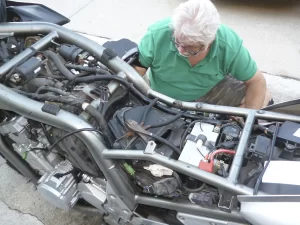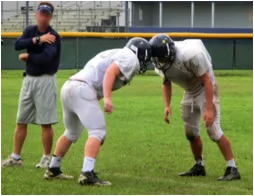Biomechanics (1899) is derived from the Ancient Greek bios “life” and mēchanikē “mechanics”, to refer to the study of the mechanical principles of living organisms, particularly their movement and structure. The earliest known reference to the study of biomechanics dates back to Aristotle (384– 322 BC), who published ‘De Motu Animalium’ (On the Motion of Animals), in which he presented the mechanical concept ‘Ground Action Force’ as a starting point to deliberate where movement comes from.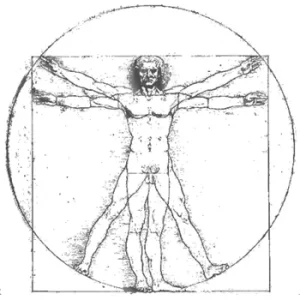
The science of biomechanics has come a long way since the days of Aristotle. Contemporary biomechanics involves the application of Newtonian mechanics to determine physical capabilities and limitations of the human body. Trauma biomechanics examines whether mechanical forces acting on and within the human body may be sufficient to cause injury. The science of biomechanics is highly accepted by the courts for the purpose of explaining the mechanical causation of injuries.
Biomechanists posses advanced knowledge of human anatomy, mathematics and physics. We use this knowledge to study failure thresholds of human tissue, bone, ligaments, blood vessels, etc. When applying this knowledge to litigation, a biomechanist will perform a reconstruction to determine the forces acting on the plaintiff during the claimed injury-causing event and relate those forces to thresholds of injury. Biomechanists and Medical Doctors serve complementary roles in the medico-legal system. However a biomechanist is uniquely qualified, based on education, training and experience, to determine injury causation.
The methods that I use in my biomechanical evaluations are similar to methods that have been employed by other researchers and are generally accepted by experts in my field. Such methods have been validated and published in peer-reviewed scientific journals.
Expert in Injury Biomechanics
Dr. John Lloyd has served as a biomechanics expert for both defense and plaintiff’s counsel on hundreds of cases throughout the United States involving automobile collisions, motorcycle accidents, trucking crash as well as slips trips and falls. Dr. Lloyd is available to travel to investigate the causes of such cases. Based on his doctorate in ergonomics with a specialization in biomechanics, Dr. Lloyd can assess whether the claimed injuries meet or exceed known biomechanical thresholds of injury.
Biomechanics Laboratory
I utilize a state-of-the-science biomechanics laboratory in my evaluations, as depicted in the following figure. This biomechanics laboratory includes various certified biofidelic mannequins, dedicated test apparatus, data acquisition hardware, software, calibrated sensor instrumentation, professional photography, and high-speed and videography equipment.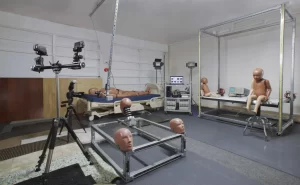
Much of my research and work focusses on biomechanical evaluation of helmets, in particular motorcycle and sports helmets, including football and ski helmets.
For helmet testing, we have a standard NOCSAE (National Operating Committee for Standards in Athletic Equipment) head drop system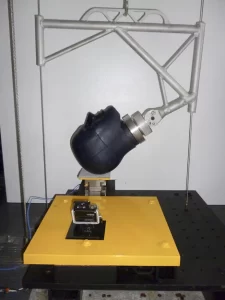
However, the standard NOCSAE system only measures forces associated with linear acceleration, which are attributed with focal head injuries, such as skull fractures. This system has a rigid neck and therefore cannot measure rotational or angular accelerations, which are associated with traumatic brain injuries, such as concussion and subdural hematomas. We have a modified helmet drop test system, developed in collaboration with the University of Maine, Advanced Manufacturing Center, validation of which has been published in a peer-reviewed journal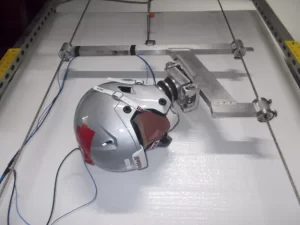
Additionally, the biomechanics laboratory is equipped with the following resources:
-
Monorail head drop assembly
-
Twin wire guided drop system (NOCSAE)
-
Weighted pendulum impactor
-
Linear bearing table
-
Height-adjustable, eletromagenetically-controlled freefall drop platform
-
20,000N impact force plate
-
880lb ceiling mounted lift system
-
Certified biofidelic adult headforms
-
CRABI12 biofidelic infant mannequin
-
Hybrid III 3-yr old biofidelic mannequin (KSS)
-
National Instruments 32 channel USB-6343 X-series data acquisition system
-
LabView 2009 data acquisition software.
-
Calibrated sensors, including Kistler and PCB Piezotronics tri-axial accelerometers, MEMS triple axis digital gyroscopes, and PCB Piezotronics uni-axial and tri-axial load cells.
-
Selection of flooring materials, including carpeting, wood and laminates as well as concrete and wood sub-flooring surrogates
-
Professional still photography equipment
-
Normal speed and high speed (up to 1kHz) videography equipment
-
Photography flash and ‘hot’ lighting
Please call Dr. Lloyd at 813-624-8986 or email DrJohnLloyd@Tampabay.RR.com to discuss how he can be of assistance with your case.

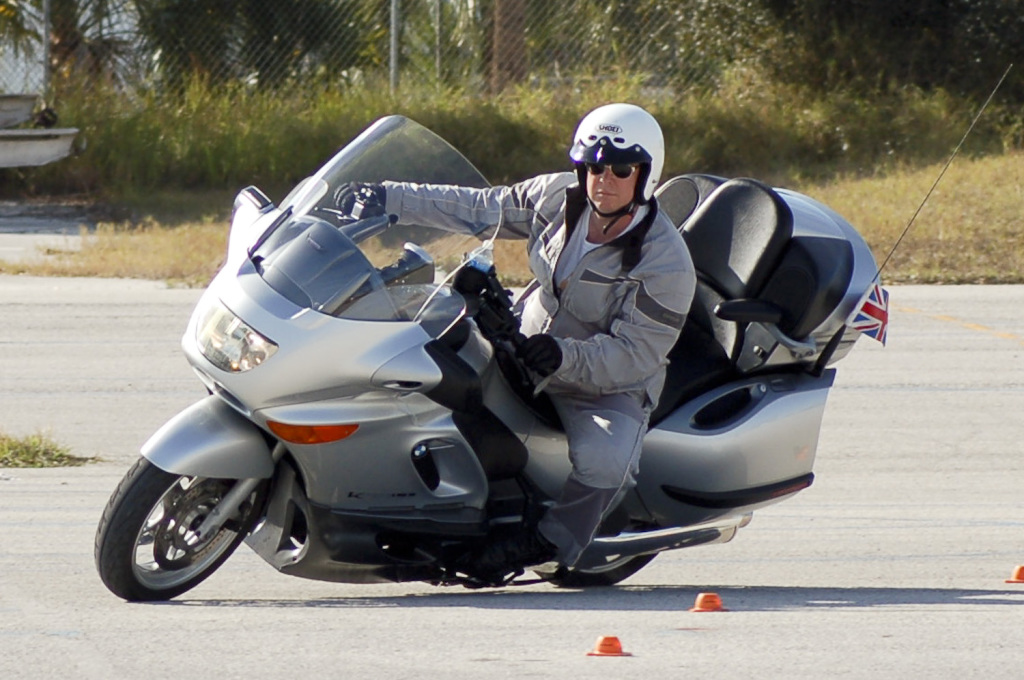 Dr. Lloyd has completed numerous advanced programs, including Motorcycle Safety Foundation (MSF), Experienced Rider Course and Total Rider Tech Advanced training.
Dr. Lloyd has completed numerous advanced programs, including Motorcycle Safety Foundation (MSF), Experienced Rider Course and Total Rider Tech Advanced training.
